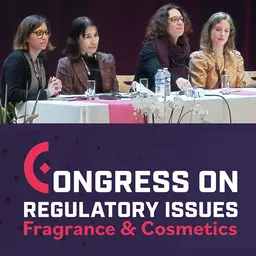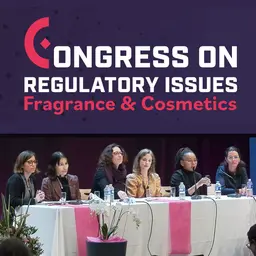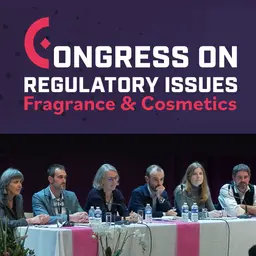
The issue of endocrine disruption is a real public health issue, which political and health authorities have begun to consider as such. But pending the concrete results of the various action plans undertaken, should consumers fear the identified or suspected “endocrine disrupting substances” in their daily products, and in particular their cosmetics? During the press workshop organised by FEBEA on 14 February 2019, Anne Dux, Director of Scientific and Regulatory Affairs, and Françoise Audebert, Scientific and Regulatory Advisor, were reassuring.
Third part of this report: The contribution of cosmetics
It is not surprising that consumers are concerned: many publications point to certain cosmetic ingredients as proven endocrine disruptors.
For Anne Dux, however, they must be considered with a little distance. She took as an example those targeting phthalates: “They explain to you that there are phthalates in cosmetics and that they are endocrine disruptors, while the only one that is used is diethyl phthalate. This phthalate is a plastic softener, but it is actually used for tax purposes since it is also a denaturant of alcohol, which makes it unfit for consumption and allows it to be exempt from excise duties. It is authorized and perfectly safe. All other phthalates are prohibited.”
However, she qualified this point, since it only applies to Europe. “It’s true that you have to be careful if they are American publications. In the United States, there are only eight substances banned in cosmetics. So you can actually find phthalates in American cosmetics.”
But in Europe, she insisted, the only way to find a phthalate in a cosmetic product would be for it to be present in the plastic packaging and released in the formula, “but …














